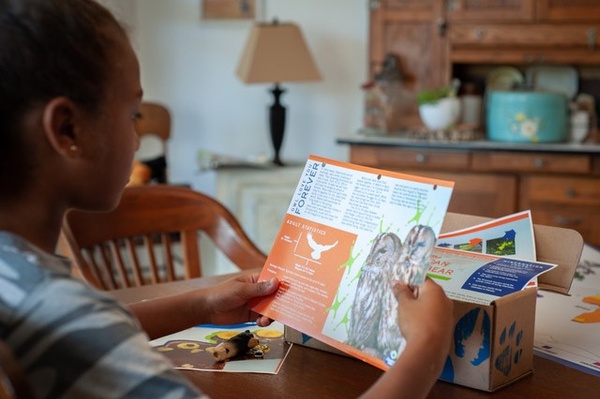What Is STEM?
Updated by Sydney Bollinger
The acronym STEM is everywhere—especially in classrooms across the country. More and more schools are implementing STEM-focused programs to help enrich students and prepare them for a rapidly-changing world. **Educational opportunities **in new and advancing fields are important for students…but what is STEM?
STEM stands for science, technology, engineering, and math: four disciplines that are quickly growing as we make second-by-second innovations in our ever-advancing world. STEM programs at schools immerse students in these fields so they can be prepared for STEM majors in college and, after that, pursue a range of STEM careers, from mechanical engineering and forensic chemistry to geology and statistics.
Why Teach STEM in Schools?
In many instances, STEM initiatives are initially a response to schools seeing students struggle with science and math concepts, **underperforming compared to national and international averages. **In order to stay competitive in an increasingly global and technology-driven world, putting focus on these subjects is paramount. STEM programs hope to enrich and support students through creative educational opportunities, inviting young people to make their own discoveries and take control of their learning through STEM experiences like science experiments and coding classes.
Within these classes and extracurricular opportunities, students become excellent problem solvers and further develop their logical thinking. Additionally, many STEM programs look to connect subjects to the real world so students can see how their learning applies to life outside of school and what it means to seek “real world” solutions. Agency and self-discovery are two hallmarks of STEM programs that encourage kids to be independent.
Women in STEM
Science, technology, engineering, and math are fields where women have long been underrepresented, making it all the more important for females to be supported in pursuing educational opportunities in these fields from a young age. According to the U.S. Census Bureau, women make up nearly half of the American workforce, but only 27 percent of workers in STEM fields.
While women are represented well in social sciences, health sciences, and math-related fields, there is still a lot of room to grow in computer science and engineering. Boxes like the STEM Discovery Box help girls learn about and explore STEM fields through hands-on activities so they will be able to get excited about pursuing these types of classes and careers.
Many schools and universities have “women in STEM” programs so that girls and women can build networks and learn from each as they enter fields that have historically been dominated (and sometimes still are!) by men.
What is STEAM?
After a few years of STEM programs, a new acronym began to pop up: STEAM, which stands for science, technology, engineering, **_arts, _**and math. Bringing the arts into STEM-focused programming allows students to have a more well-rounded learning experience and also highlights the importance of the arts in society.
Through the arts, students can learn about the creative process, which further improves their critical-thinking skills while fostering innovative mindsets. This new approach is growing in popularity because it recognizes that a holistic education better serves the needs of everyone.
STEAM programs also make science, technology, engineering, and math more accessible by allowing students to express their creativity in tandem with more traditional STEM projects. STEAM4Kidz, for instance, introduces kids to STEAM concepts that will supplement and enrich their learning at school.
Bringing STEM Home
Bringing STEM activities into the home (beyond mandatory homework, of course) is one of the best ways to jumpstart a child’s learning and show them that STEM can be truly fun. It’s not just all engineering or coding, either: the environmental sciences, geology, and architecture are all considered STEM fields, too!
Take the time to work with your child on thought-provoking STEM-related activities, and remember that anything can be an educational STEM opportunity. Play to your child’s interests! If your student loves to cook or bake, discuss the science of temperatures while making dinner. Have a rock collector in the family? Using a guidebook, work with them to identify different varieties.
These types of activities improve familiarity with STEM concepts without the confines of the classroom and prepare your child for lessons they may have in class. Low-key, engaging educational activities at home take away the pressure of grades while still making time for family (and learning).
###If you're in need of the perfect rainy day activity that incorporates STEM learning, we recommend getting curious with the STEM SPY box!










